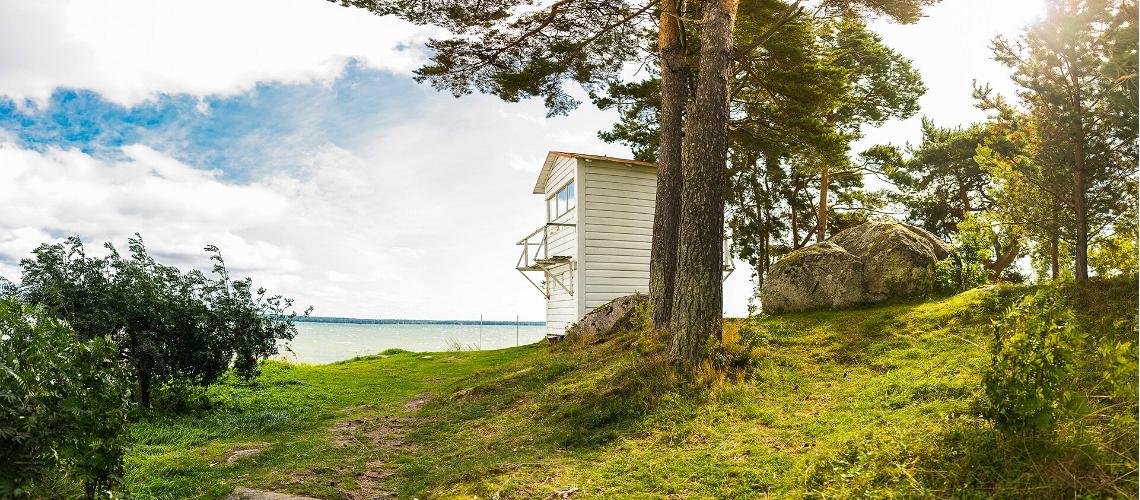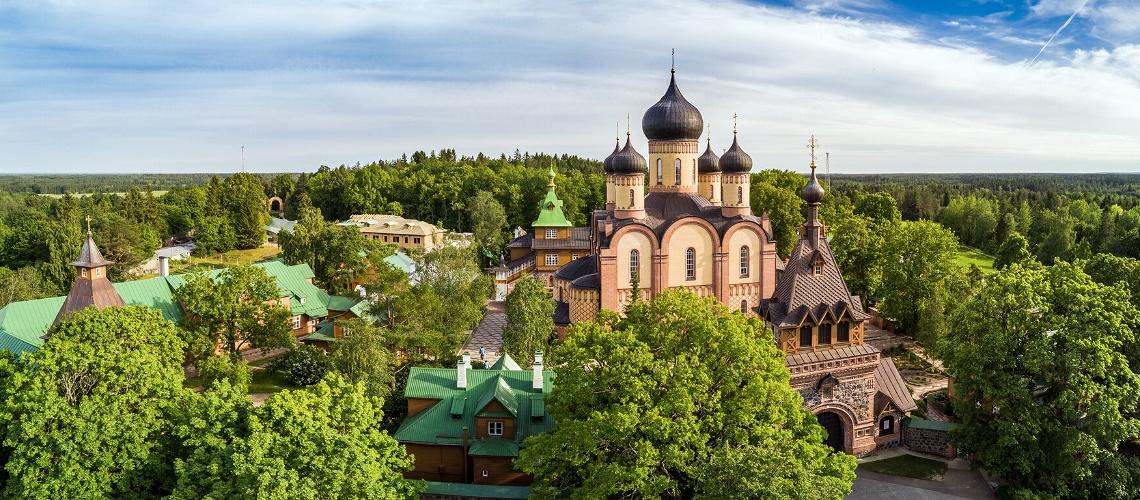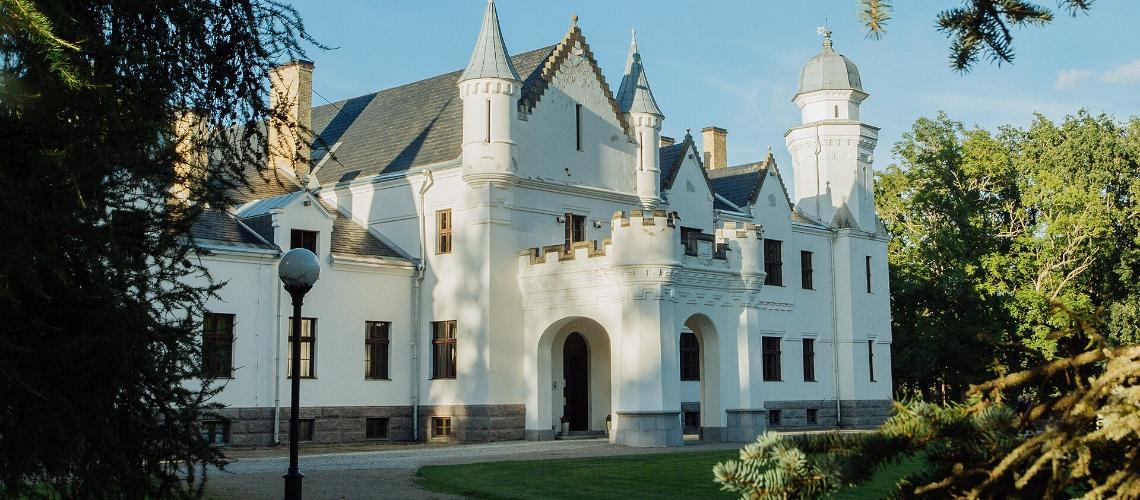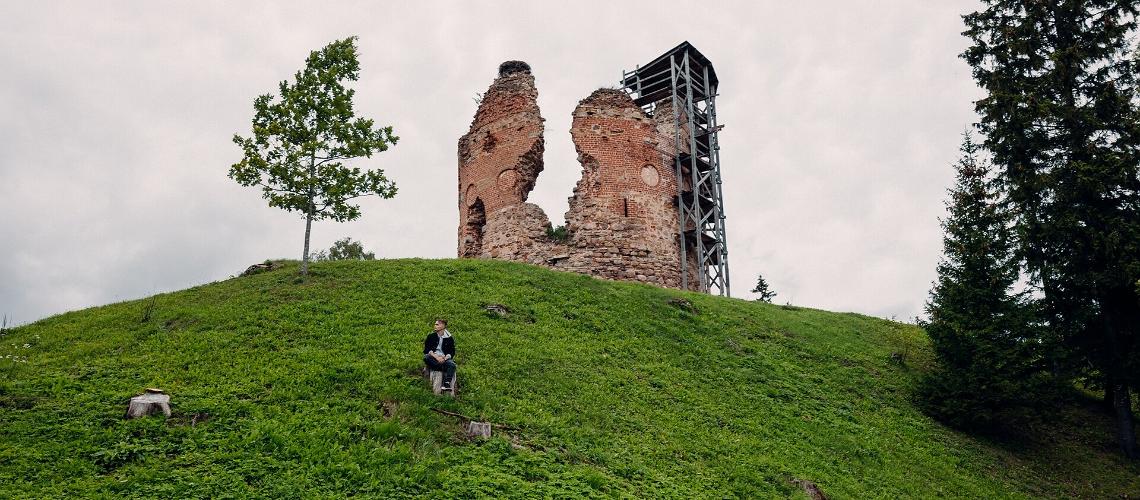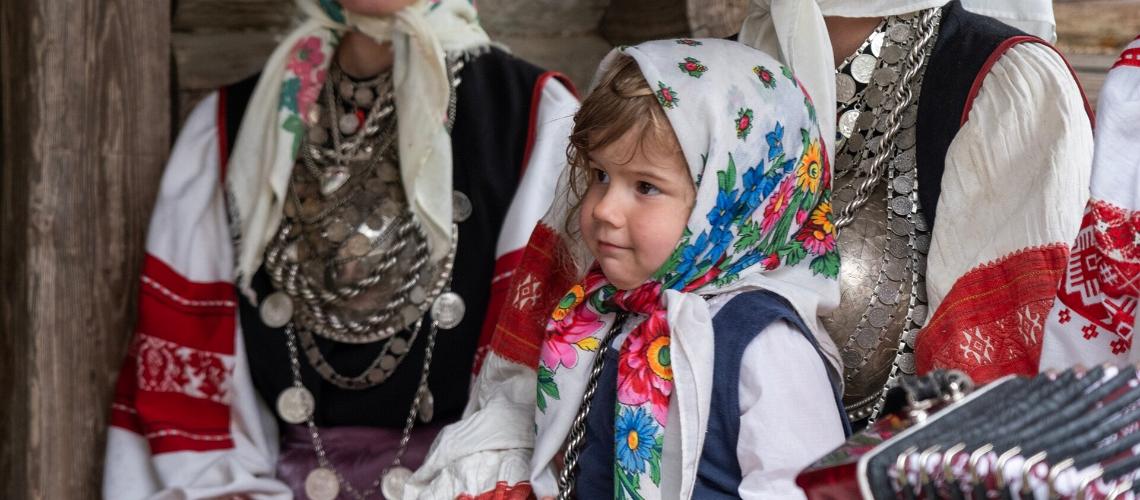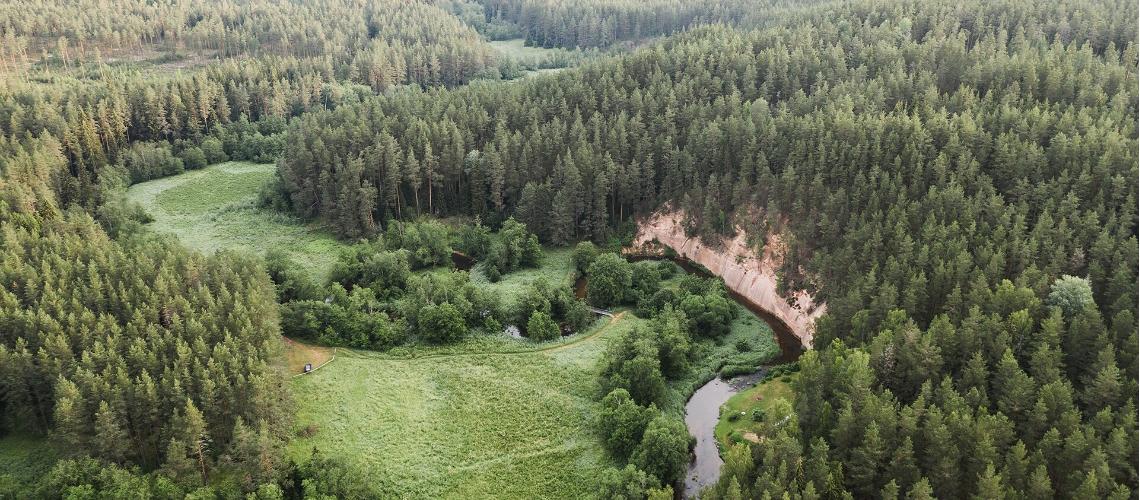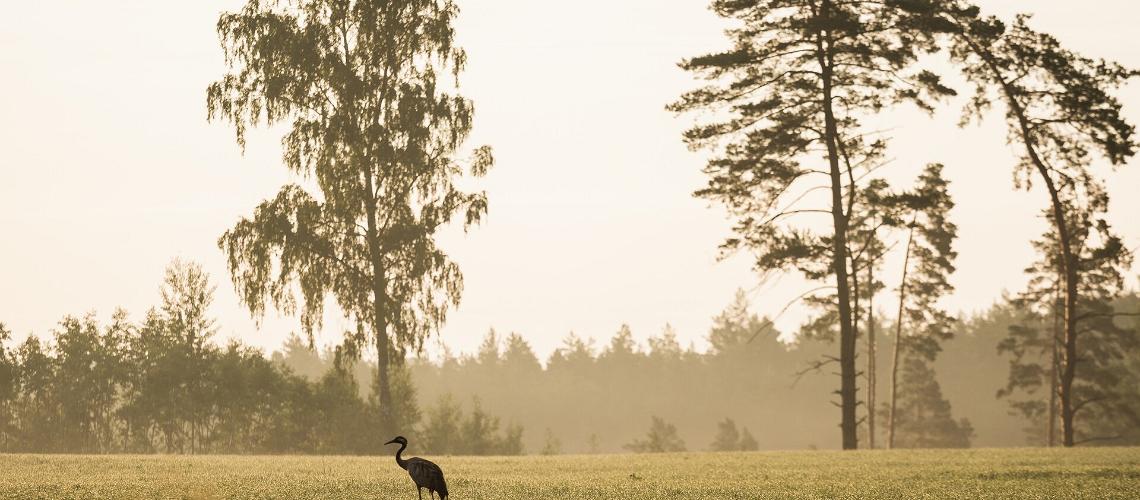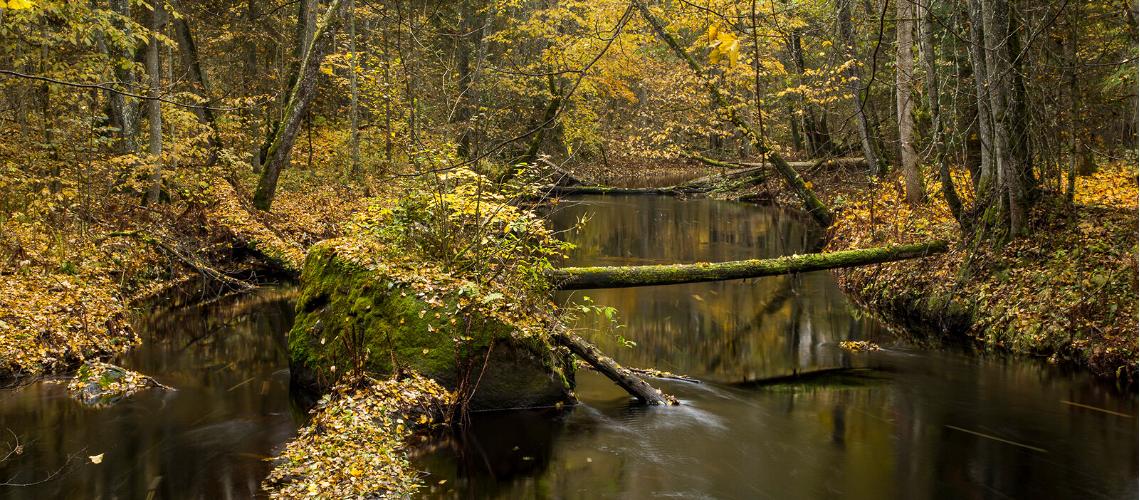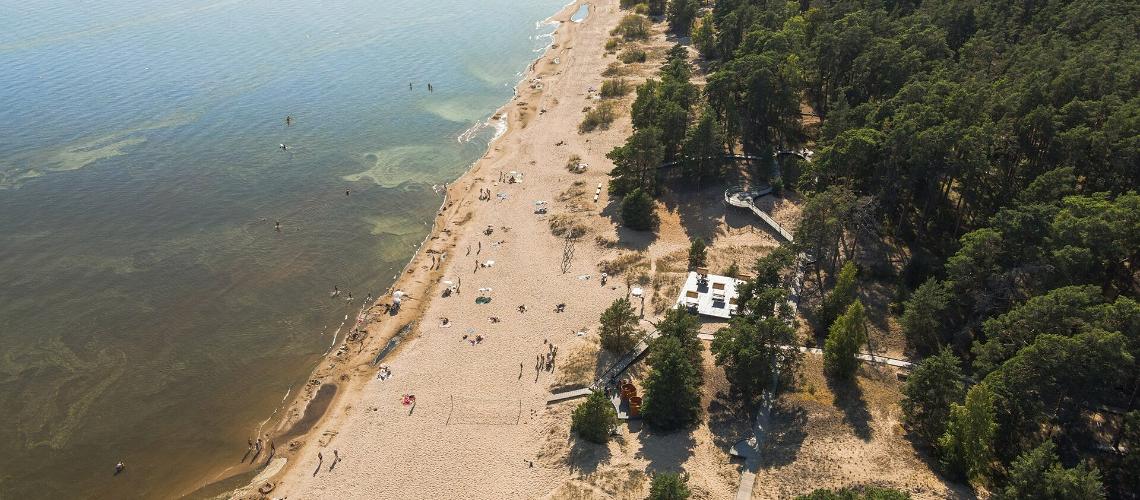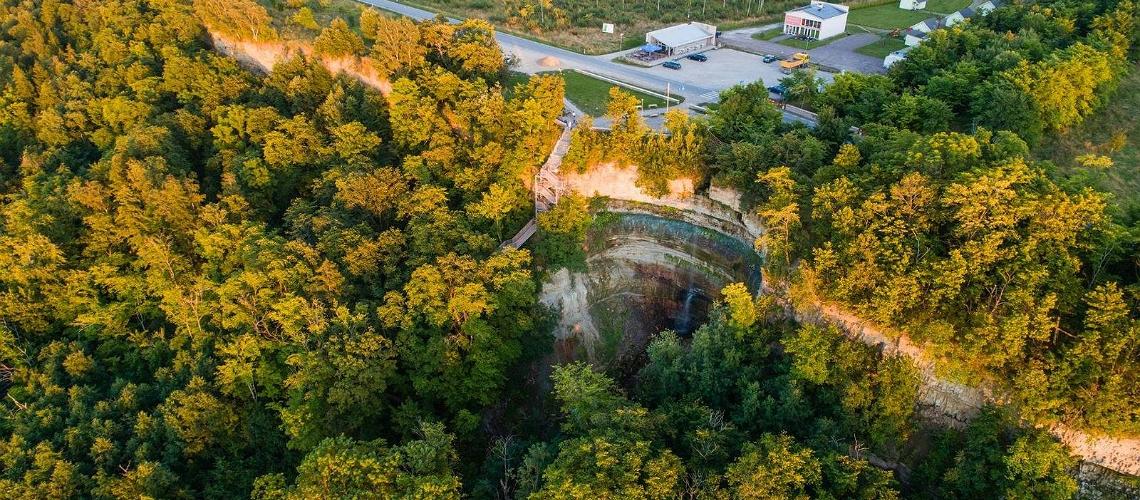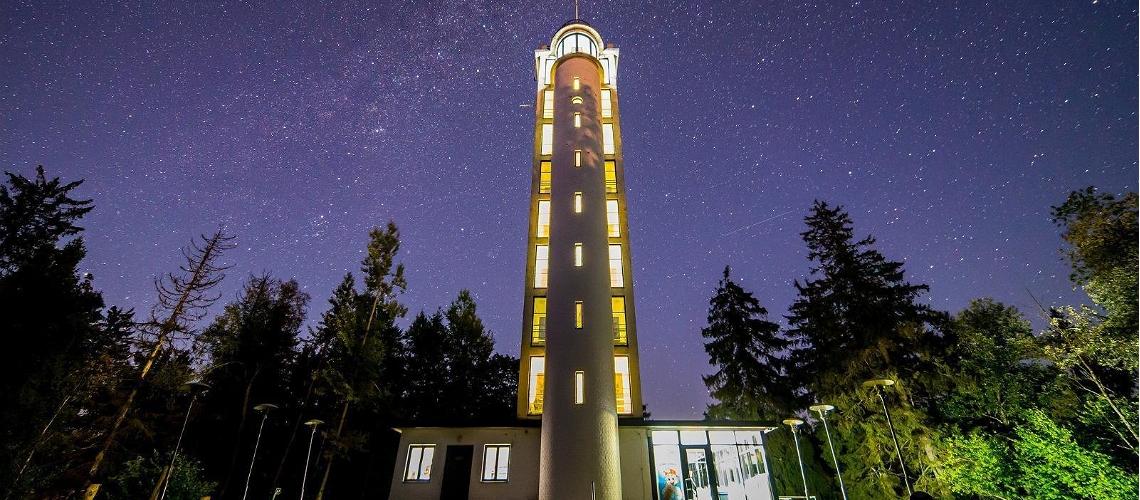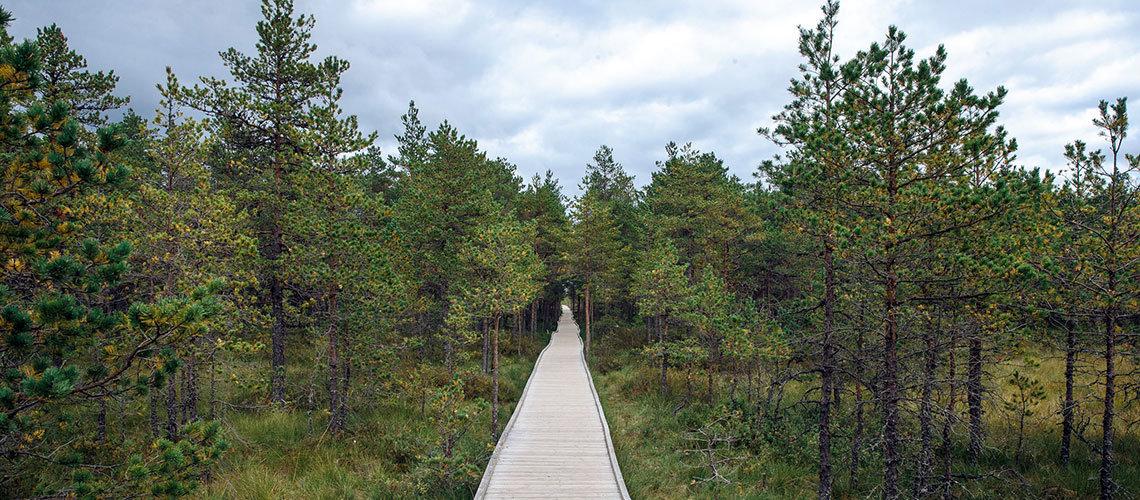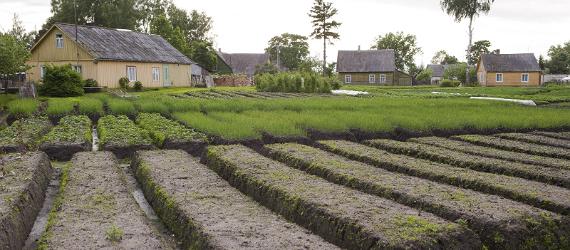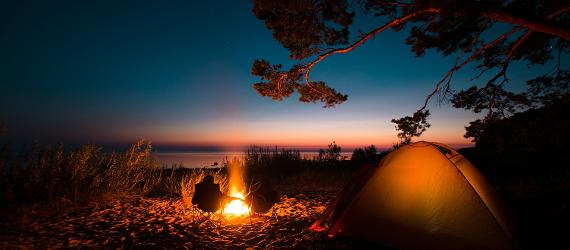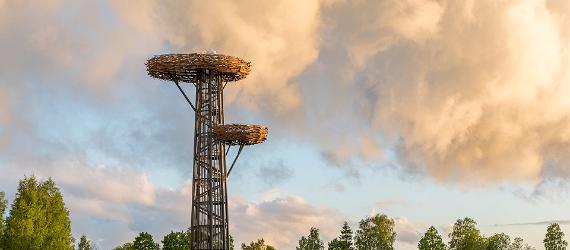The Baltic Forest Trail is a breathtaking stretch of hiking trails that extends through the Baltic States. It's part of the larger E11 European hiking trail, which starts in the Netherlands and goes up to Tallinn, Estonia's capital city. This trail and the Baltic Coastal Hiking Trail made Lonely Planet's list of 2024 Best in Travel Sustainable Destinations.
The 1060 km section between Riga and Tallinn is known as the Metsa Trail. This part of the Baltic Forest Trail is known for the stunning landscapes of South Estonia and the fascinating region along Lake Peipsi.
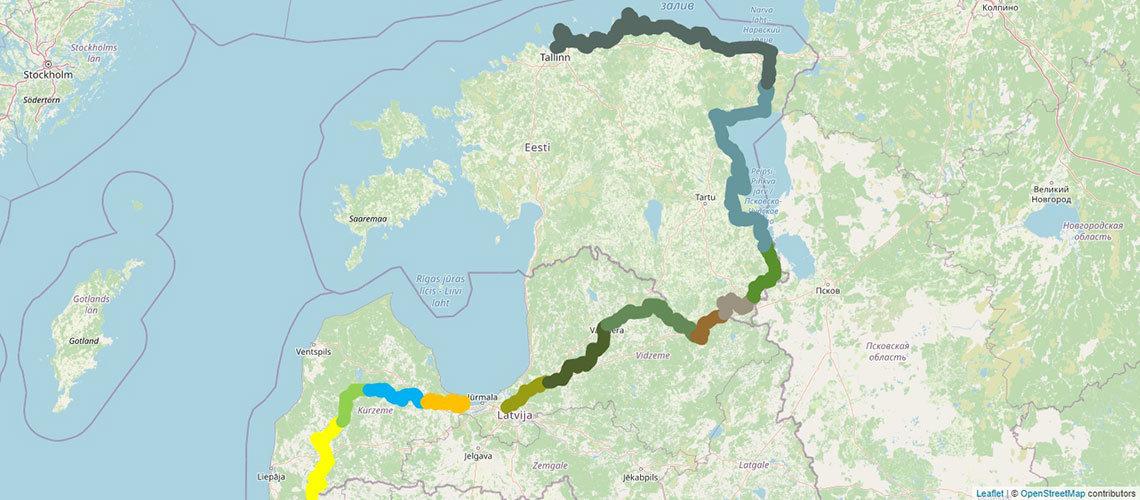
The Baltic Forest Hiking Route winds along Estonia's eastern border and ends in Tallinn.
Photo by: Visit EstoniaImportant cultural sites along the route
The Metsa Trail is normally divided into 50 one-day sections, each about 20 km long. Starting in Riga, the trail takes hikers through the Latvian forest before entering the Väike-Palkna Nature Park and crossing the border into Estonia.
Along the Estonian section of the trail, you can see more than 400 natural, historical, and cultural sites. The trail crosses through the territories of two small ethnic groups, the Livonians and the Setos. Setos are famous for their traditional style of dress and their UNESCO-listed style of singing, known as leelo. The trail winds through Haanja, where hikers can visit Estonia's highest point, Suur Munamägi, and look over the landscape from the observation tower. Along Lake Peipsi, hikers can see the famous Onion Route, where Old Believers settled centuries ago and still maintain some of their traditional ways of living. North of Lake Peipsi, you'll pass the only Russian Orthodox Convent in Estonia before traveling along the northern coast and its quaint villages.
The landscapes of the Baltic Forest Trail
On the forest trail, you cross two of Estonia's six national parks:
- Alutaguse National Park, the newest national park in Estonia
- Lahemaa National Park, the largest and oldest national park in the entire Baltic region
Thanks to the varied landscapes, animal lovers and bird watchers can observe species like black storks, spotted eagles, corncrakes, green warblers, and various species of owls and woodpeckers. You might even get a glimpse of the beavers and their damns. Alutaguse National Park, is the best place to go bear watching in Estonia.
Tips for hikers
Visitors can choose how they want to walk the trail based on their abilities and preferences. There is something for every fitness level with 50 different sections, each with its own difficulty level. That means everyone can choose to tackle the trail in the way that suits them the best.
The Estonian forests are also full of good resting places, with more than 100 along the way. These have different amenities available, including fire pits, grills, and camping areas. Dry toilets and garbage cans are also available in some rest areas.
There is also accommodation along the way. However, you should plan your intended overnight stays well in advance. You should also look up places to eat in advance, as many in the area are seasonal. The forest hiking trail is also well connected to local public transport (intercity buses), so you don't necessarily need a car to get to your destination.
Start planning your long-distance hiking adventure!
The Baltic Hiking Trail is an ideal bucket list destination for nature lovers and hiking enthusiasts. Whether you're an ambitious long-distance hiker, trail runner, or someone looking for a calming nature experience, you'll find it on the Baltic Trails.
If you want to find out more, check out the trail online:















